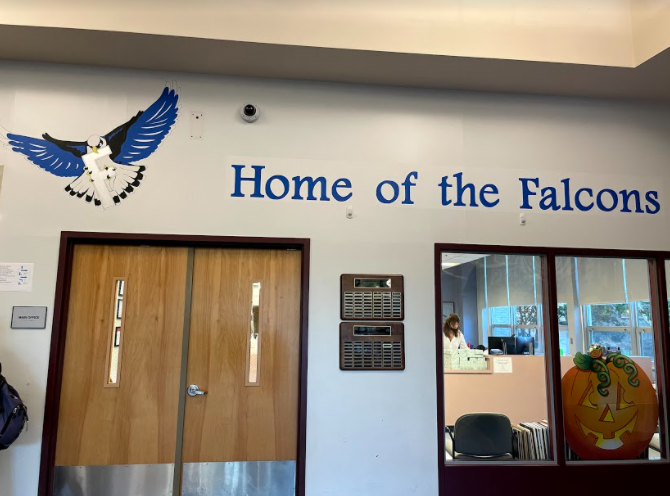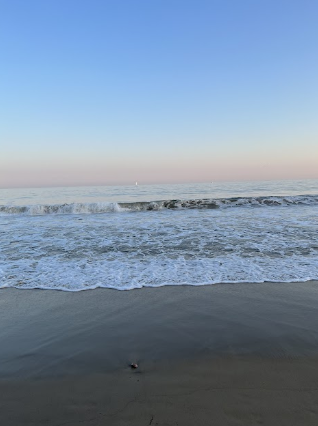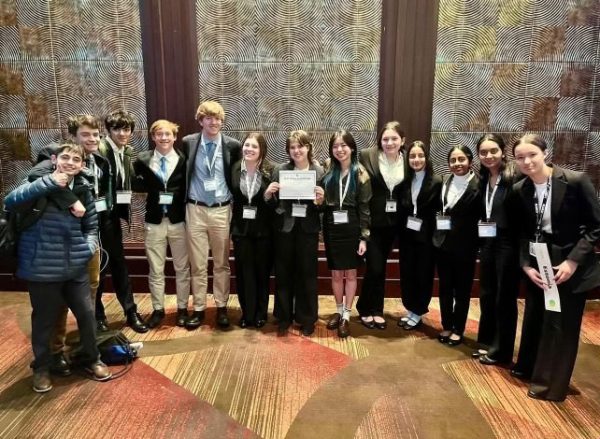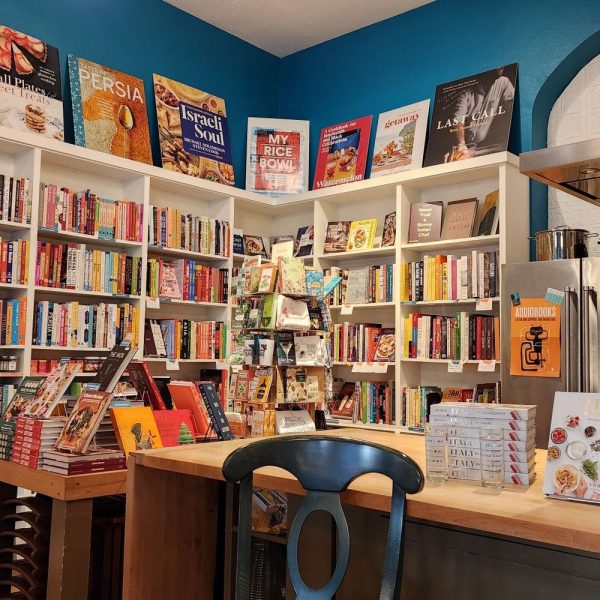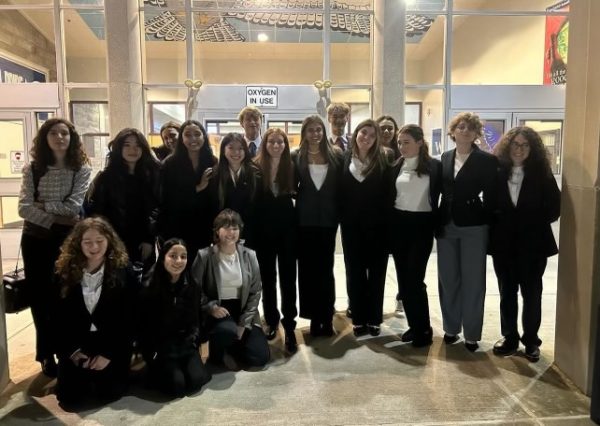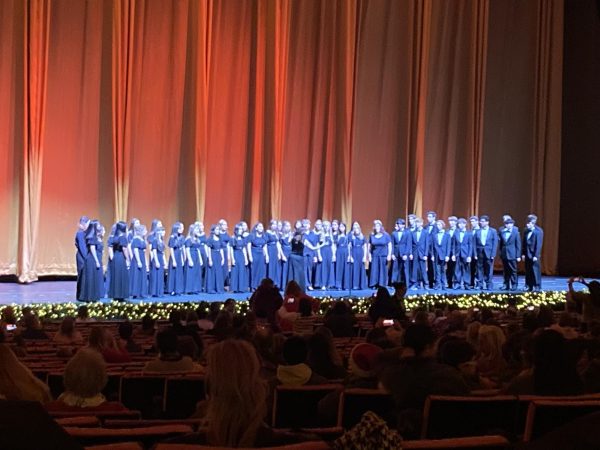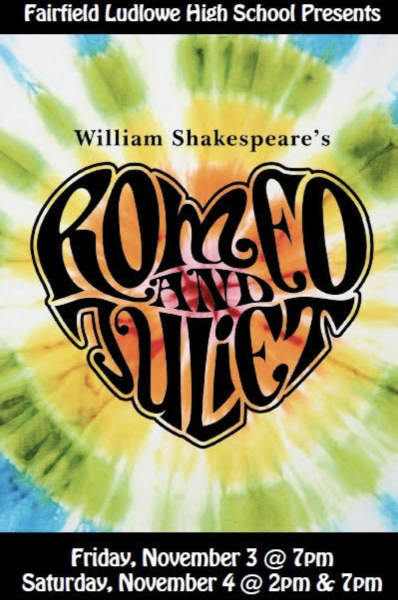Nobel Laureate William G Kaelin Jr Reflects on His Trajectory in STEM
William G. Kaelin Jr., MD, the winner of the 2019 Nobel Prize in Physiology or Medicine, once walked the same halls and studied in the same classrooms that we do today.
After graduating from Roger Ludlowe High School (now Fairfield Ludlowe High School) in 1975, Dr. Kaelin earned his undergraduate degrees and medical degree from Duke University. He completed his residency at Johns Hopkins University and is now the Sidney Farber Professor of Medicine at the Dana-Farber Cancer Institute and Brigham and Women’s Hospital, Harvard Medical School, and a Howard Hughes Medical Institute Investigator.
From his childhood to high school in Fairfield to undergraduate studies and beyond, Dr. Kaelin has experienced many pivotal moments in his life. Now, Dr. Kaelin shares the lessons he learned from these moments, passing advice on to future generations in STEM.
Born in November 1957, Dr. Kaelin was one of many young people inspired by the launch of Sputnik, the world’s first artificial satellite. This event initiated the Space Race, a time when the United States heavily emphasized the importance of science, technology, and engineering to the young generation, in order to compete with the USSR. According to Dr. Kaelin, the Space Race had a significant influence on his childhood: “I had a chemistry set, a toy microscope, a rock collection, electric cars, electric trains, construction toys, and all sorts of things that were really meant to instill an interest in science and engineering.”
In eighth grade, Dr. Kaelin moved to Fairfield and entered Tomlinson Middle School. Considering his impressive accomplishments now, Dr. Kaelin reveals, “You might be a little surprised to find out I wasn’t an exceptional student for most of my early years.” With the exception of mathematics, Dr. Kaelin refers to himself as a once mediocre student and a “drifter” throughout middle and high school.
However, once Dr. Kaelin discovered his interest in computer science, his time as a “drifter” ended.
“What changed my life was sometime around the time when I was a junior at Roger Ludlowe. We got a computer terminal that was connected to a mainframe at Fairfield University. To me, computers were fascinating, and they were like mathematics come to life. It was mathematical thinking, but now you could actually program a computer and have this powerful machine actually respond to you and do the things you wanted.”
While Dr. Kaelin was pursuing his studies in computer science at Ludlowe, he spotted a pamphlet in the wastepaper bin next to the computer terminal. The pamphlet advertised an opportunity for 32 high school students around the country to study college level mathematics and computer science at Florida Atlantic University (FAU) for eight weeks. Dr. Kaelin explains his time there as eye-opening.
“I remember being around such smart kids once I arrived at FAU. But more importantly, I found the curriculum interesting, challenging, and exciting. I just dived right into it. To my surprise, I could hold my own with these kids, but they all had better grades back at home than I did.”
Upon returning home to Fairfield, Dr. Kaelin decided that he was going to be one of the “smart kids” his senior year of high school. He doubled up in math classes, taking Precalculus and Calculus in the same year, and took as many AP courses as he could. With terrific teachers at Ludlowe and newly developed study habits, Dr. Kaelin had a successful senior year. “I was a bit of a late bloomer in high school,” Kaelin says.
As a pre-med undergraduate at Duke University, majoring in both Mathematics and Chemistry, Dr. Kaelin shares that he had much better grades in college than he did at Ludlowe. In addition, Dr. Kaelin reflects on one of the most valuable revelations that he had as an undergraduate.
“I figured out early on that, everything else being equal, you want to take courses that teach you how to think critically and clearly. You can always go back and learn facts and vocabulary, but the most important thing is to learn how to think critically and clearly.”
Although Dr. Kaelin had interests in mathematics and computer science, he grew more and more attracted to a career in the medical field. He believed that a job in medicine would allow him to use mathematical and scientific thinking, interact with people, and do something good for the world. Within the medical field, Dr. Kaelin was specifically attracted to cancer research.
“I always found cancer fascinating from a biological point of view and then later, when I became a doctor, from a clinical point of view. As I did training in internal medicine, I realized early on that I didn’t really want to specialize or focus on a single organ system, such as becoming a cardiologist or pulmonologist. I liked thinking about multi-system disorders. I liked clinical puzzle solving and diseases that can present in many ways. I gravitated towards cancer because I thought it was a good challenge from a clinical point of view, but I also thought it was an interesting puzzle from a biological and scientific point of view.”
In fact, Dr. Kaelin’s Nobel Prize-winning discovery in Physiology or Medicine was the product of cancer research. According to the Dana-Farber Cancer Institute, “Kaelin and his collaborators deciphered the core molecular events that explain how almost all multi-cellular animals tune their physiology to cope with varying quantities of life-sustaining oxygen in a unique signaling scheme. Their findings could lead to new therapeutics for a wide range of disorders — including cancer, cardiovascular disease, anemia, and macular degeneration.”
When asked what advice he has for high school students eager to explore the STEM field, Dr. Kaelin emphasizes the skill of thinking clearly. The most valuable courses he took as an undergraduate were mathematics, logic, and philosophy, as they taught him how to think.
Dr. Kaelin advises, “The single most important thing you can do is discipline your mind to think critically, logically, clearly. I wouldn’t necessarily preoccupy myself with learning lots of facts and factoids or even learning various techniques and procedures that are used in science. Frankly, they tend to change over time anyway. But what doesn’t go out of style is knowing how to think clearly, how to frame a scientific question, how to design a penetrating experiment that will help answer a question, and how to look at your own data and know how to think about it critically and logically.”

This is Lauren's second year as the Features Editor for Prospect. She is also the Podcast Editor.

